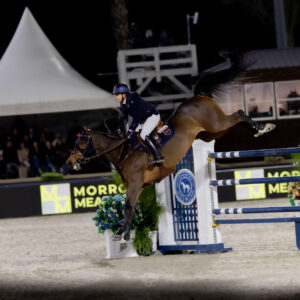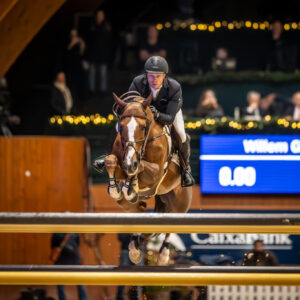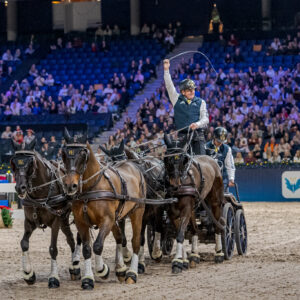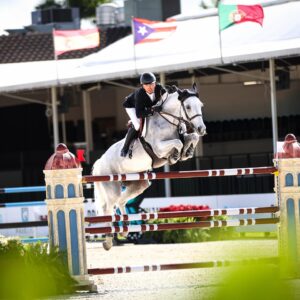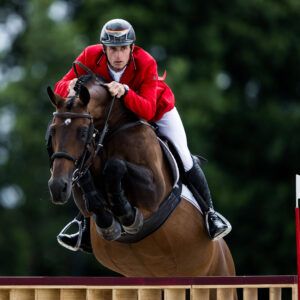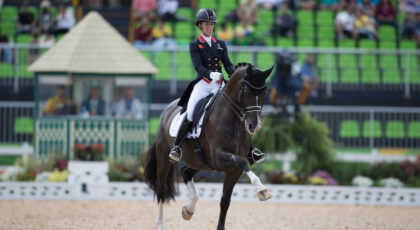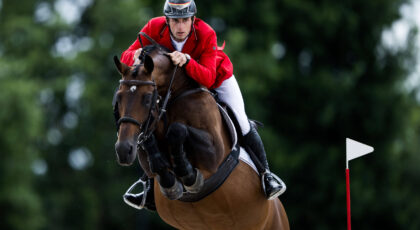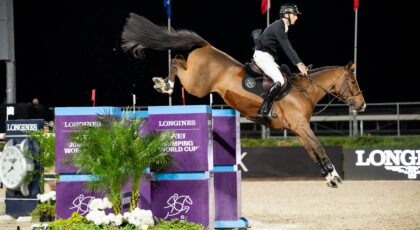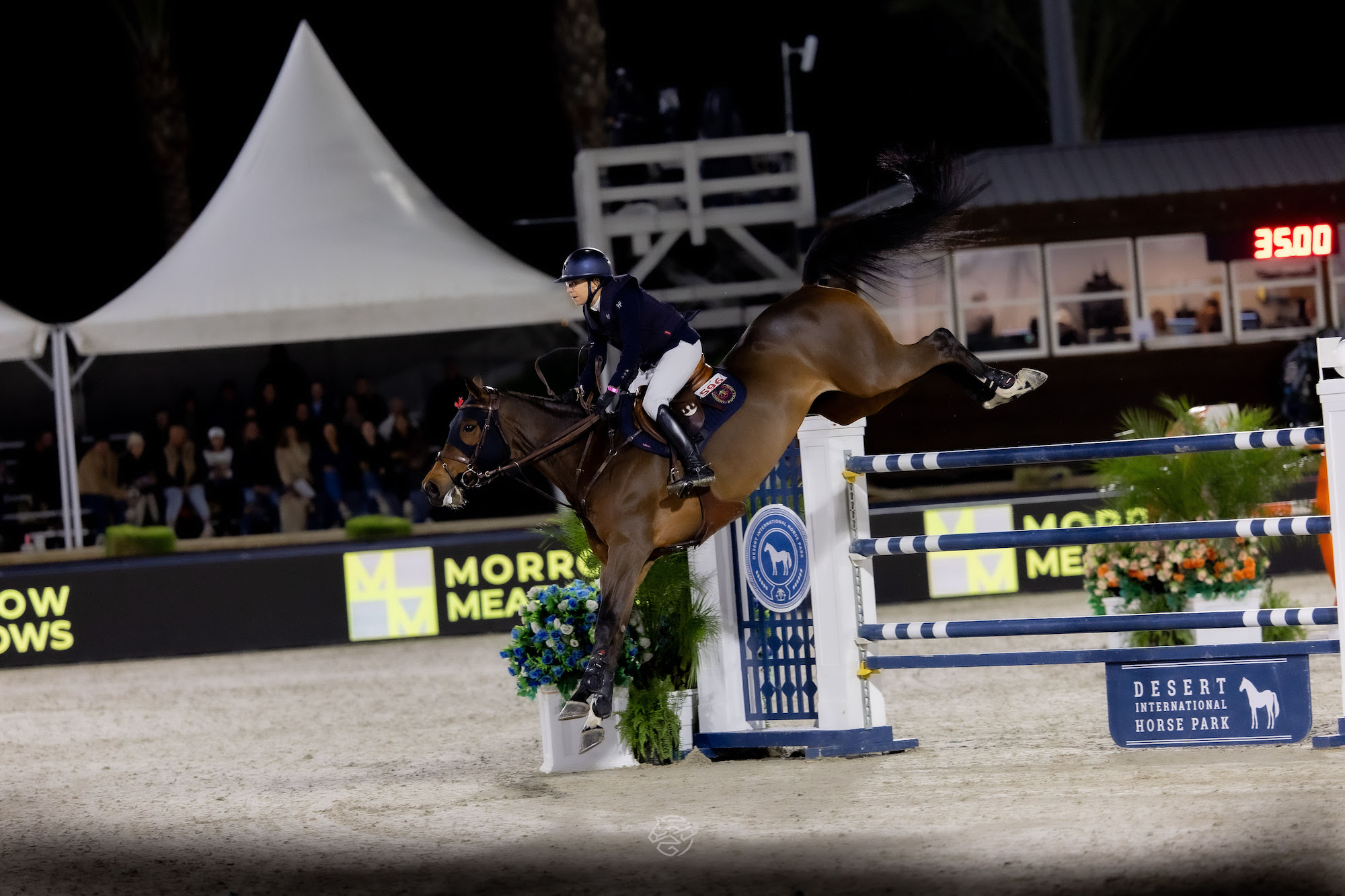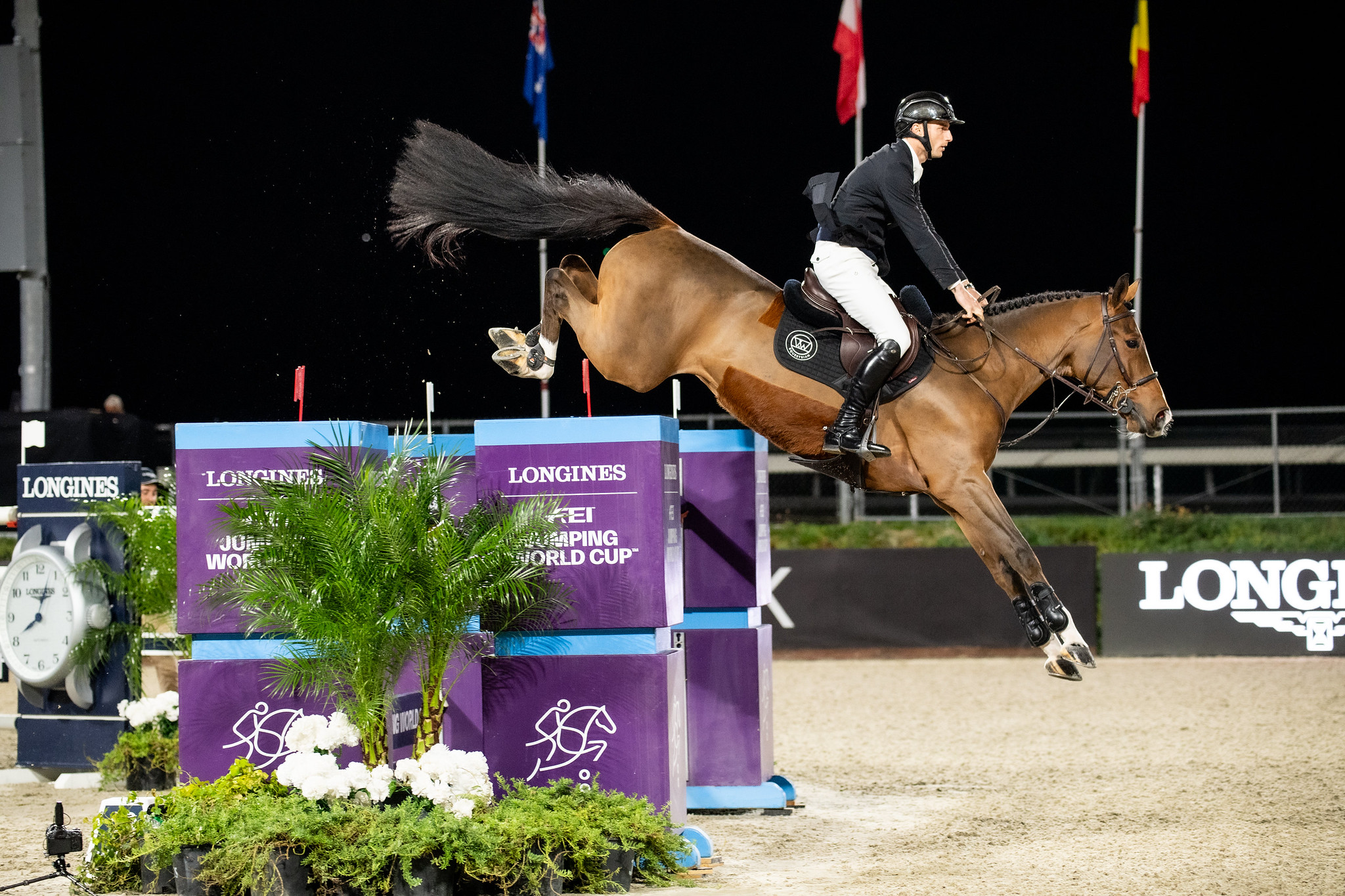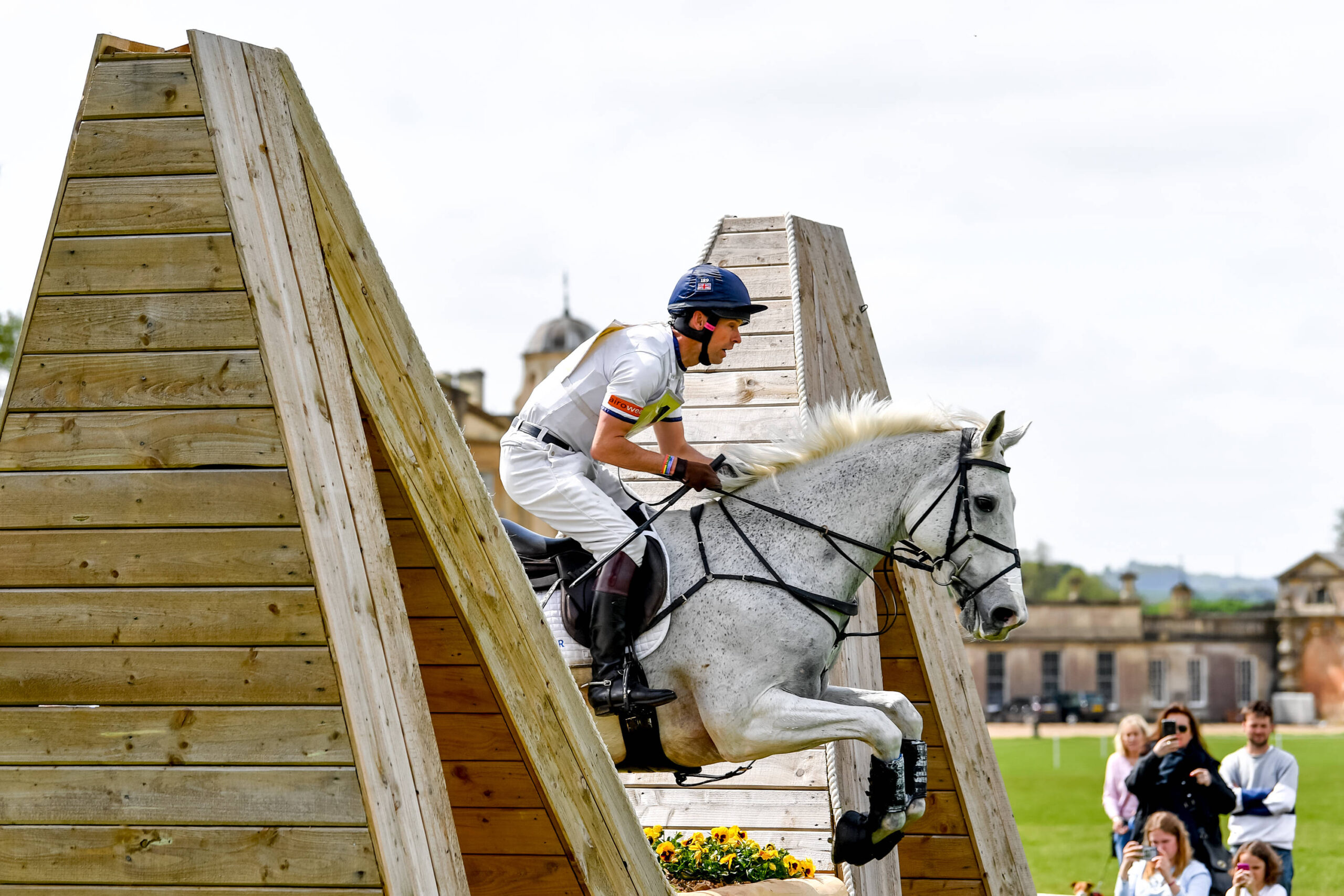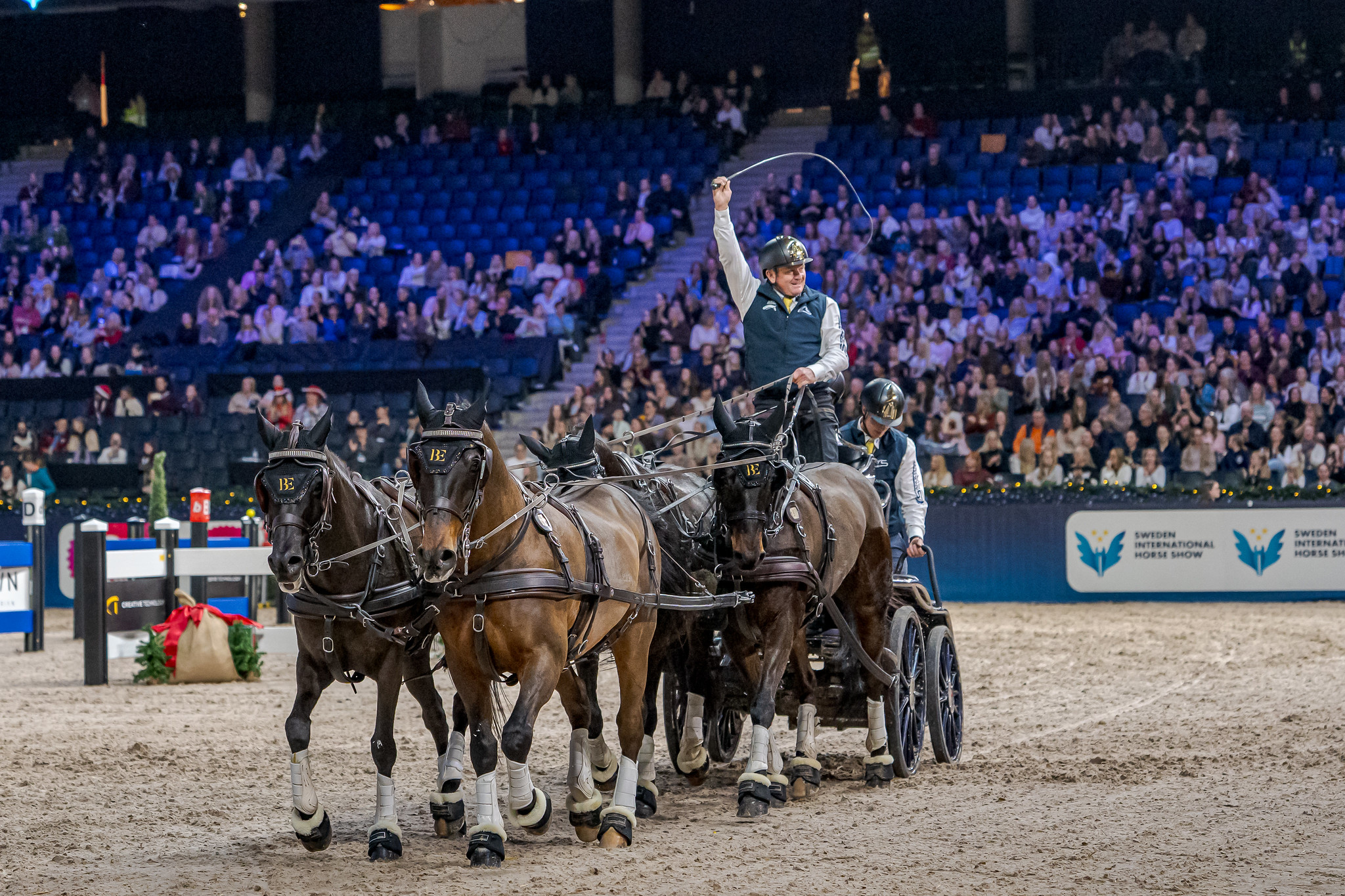World-renowned equine expert Linda Tellington-Jones’ healing equine bodywork and innovative training methods have revolutionized the horse training landscape over the last 50 years.
Her unique blend of hands-on TTouch (a collection of circles, lifts, and slides done with the hands over various parts of the horse’s body), combined with humane groundwork and under-saddle exercises, has helped solve training and behavioral problems for horses of every breed, every discipline, every age, and all levels. In her book Training and Retraining Horses the Tellington Way, she presents a thoughtful recipe for starting the young horse without stress, helping to establish the very best beginning, in hand and under saddle, as well as working with older horses ready for a second chance at life.
Here she explains the keys to her methods and why they make a profound difference in horse training, whether starting right or starting over.
***
From Instinct to Intelligence
A key tenet of the Tellington Method is the connection between physical posture and behavior. When horses are in “flight mode” their sympathetic nervous system takes over and they leave their “thinking” state.
A horse in this mode is usually high-headed, tense through the back, disconnected from his legs, and rapid or shallow in breath. In this posture, a horse is ready to react and flee or freeze in a stressful situation. He is not well-balanced, and is ready to work on reflex rather than with any finesse or control. His mental or emotional state is as disconnected and reactive as his physical.
When a horse is shown a way to be in a healthy, released posture, we have found that he comes out of this state of reactivity and into more of a thinking state. A balanced posture allows the horse to be in better control of his body and actions, and feel safer because he knows where his feet are and how to move in a coordinated way. As a horse learns to be in self-carriage, he feels more confident and is able to think and act instead of react. When a horse can act he develops self-control, which helps him override instinct and be capable of making choices in a variety of scenarios.

By taking a horse through the Tellington Method, he learns to think and becomes less driven by instinct. This means that a horse can adapt to new situations with self-confidence so that he does not reflexively default to the instinctual habit of flight.
The connection between physical, mental, and emotional balance is intrinsic, and it is why we find the saying, “Change the posture, and you can change the behavior,” to be true. When tension and imbalance are alleviated, behavior and performance improves dramatically. It is an imperative part of starting or restarting a horse in a healthy way.
Learning to Act Instead of React
Another important part of the Tellington Training philosophy is to not take a horse’s undesirable behavior personally but rather assume that he is doing the best he can in that moment, and is simply reacting to some kind of perceived stimuli. This understanding helps you (like the horse) to act, rather than react, and be a more proactive guide for your horse. This is what is important to me: With this attitude, you will not just turn your horse into a safe partner, but you will also cultivate and improve your own self-control and flexibility. These abilities create a foundation on which you can build a lifelong partnership and two-way connection with your horse. It is my wish and desire that your horse will have as much fun being started or restarted under saddle as you will have working toward that goal with him.
Our world has become very small in the twenty-first century, and we are becoming more aware of how we are all connected. Research has made great strides toward knowledge about cell function and heart coherence, which shows that our thoughts and actions don’t just affect our own lives but those of people and all life on the planet around us. This philosophy behind Tellington Training has inspired many students to search for a new way to live in a harmonious connection with their animals.

Chunking It Down
An important way to help horses young and old learn to think instead of simply “training” specific behaviors is by “chunking down” exercises. Any one of the techniques and exercises outlined in this book can be broken down into smaller, easier, and more achievable steps, should an individual horse find something difficult.
Taking the extra time at the beginning means that a horse really learns to understand and think through a situation rather than simply be pressured through it with skillful timing. When a horse realizes that he is not going to be forced through a difficult situation, he becomes less reactive and trusts his human partner to listen to his concerns.
Virtually any exercise—not just those in my method—can be chunked down. For instance, when a horse is anxious or resistant about being touched around the mouth, the exercise could be chunked down by using the back of the hand, a sheepskin mitt, or warm washcloth to change how it feels. In some cases you might have to start at a place where the horse is comfortable other than the mouth, and slowly work your way closer and closer to the muzzle area, pausing and slowing down if the horse becomes anxious. Chunking down an exercise requires you to be observant and sometimes think creatively to come up with ways to alter an exercise so it is less threatening to the horse. When stress is kept at a low level, learning can take place. When stress gets too high, learning is blocked and instinct takes over. Taking the time to keep stress levels low and investing in extra steps will actually save you time in the long run and provide your horse with learning and confidence.
***

This excerpt from Training and Retraining Horses the Tellington Way by Linda Tellington-Jones with Mandy Pretty is reprinted with permission from Trafalgar Square Books .


 September 27, 2019
September 27, 2019 








